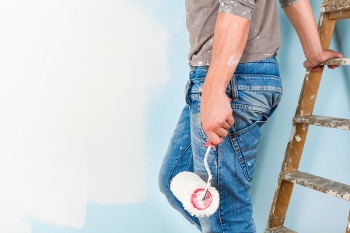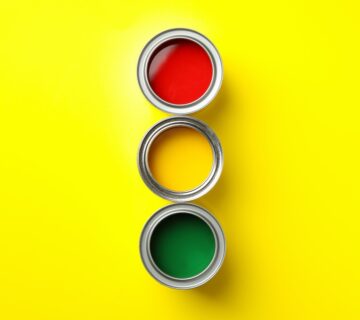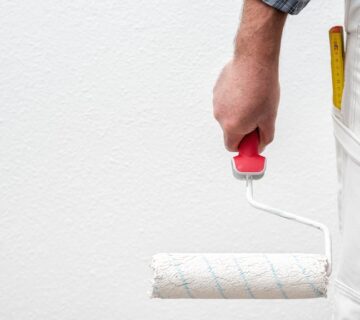Drywall, despite being widely used, isn’t the most durable material and can easily succumb to damage. From accidental impacts to the wear and tear of daily life, drywall repair is a common necessity for homeowners. Fortunately, fixing small drywall issues is quite straightforward. Identifying the type and extent of the damage is the first step in the repair process, followed by gathering the necessary materials. Preparing the damaged surface, applying the repair compound, and finishing with sanding and final touches complete the repair process, restoring the wall’s appearance seamlessly.
Repairing Small Nail or Screw Holes
When it comes to minor drywall repair, dealing with nail or screw holes is relatively simple. You can use lightweight spackle, applied with your finger, to fill these holes effortlessly. For textured walls like orange peel, this method blends well without requiring extensive tools. However, smooth walls may need a bit of sanding post-spackle for an even finish. Remember, when it comes to small holes, less is often more, as over-application can lead to more work.
Materials Needed for Larger Hole Repair
For more significant drywall repair, you’ll need a few basic tools and materials, including a putty knife, yellow fiberglass drywall mesh tape, drywall mud, a utility blade, a sponge, and rattle can texture for textured walls. Don’t forget the primer and touch-up paint, as well as a paintbrush or roller. These items are essential for achieving a seamless repair that blends seamlessly with the existing wall surface. Proper preparation and attention to detail are crucial for ensuring a professional-looking finish that restores the integrity and appearance of your drywall.
Step-by-Step Guide to Repairing Larger Holes
- Start by trimming the drywall paper around the hole’s perimeter, peeling it off to expose the bare drywall.
- Cover the hole with strips of drywall mesh, ensuring it adheres to the drywall and not the textured wall parts.
- Apply drywall mud over the mesh, feathering it out to create a smooth surface that blends with the surrounding wall.
- Allow the mud to partially set, then use a wet sponge in a circular motion to smooth the patch, maintaining the sponge’s wetness.
- Once the patch is smooth, wipe it clean with the sponge and let it dry completely.
- Apply a coat of primer and let it dry.
- Warm up your rattle can texture, ensuring you shake it thoroughly for two minutes.
- Practice your spray technique, then apply the texture to the wall, matching the existing pattern. Remember, it’s better to under-apply and add more later if needed.
- After a brief drying period, apply another coat of primer, followed by touch-up paint for a seamless finish.
Alternative Sanding Methods
If you’re not comfortable with wet sanding, you can let the patch dry completely and use drywall screens for sanding. This method does create dust, so wet sanding is generally preferred for a cleaner process. However, dry sanding with screens can still effectively smooth out the surface of the patched area, albeit with the need for extra cleanup afterward. Ensure proper ventilation and use a dust mask to minimize inhalation of airborne particles during the sanding process.
Final Thoughts
By following these steps, you can effectively repair a hole in your drywall in just a few hours. These DIY drywall repair tips should help you achieve great results. Remember, patience and attention to detail are key to a successful repair job. Take your time to ensure each step is done correctly, from patching the hole to sanding and painting the repaired area. With a little effort and the right tools, your drywall will look as good as new in no time. For more home improvement advice and tips, visit Sisu Painting and check out the resources on Sisu Painting’s blog. Happy repairing!





Soooo cool! I woke up and later in the day I started thinking about this stuff about drywall repairs. I found your site on Google and it totally answered my questions. Thanks so much! https://www.readingdrywall.com/
I’m lovin’ it! I actually just read like three of your posts today. So that means you better keep writing more like this one about drywall repair, because I am going through these like they’re going out of style. drywallrepairlancaster.com